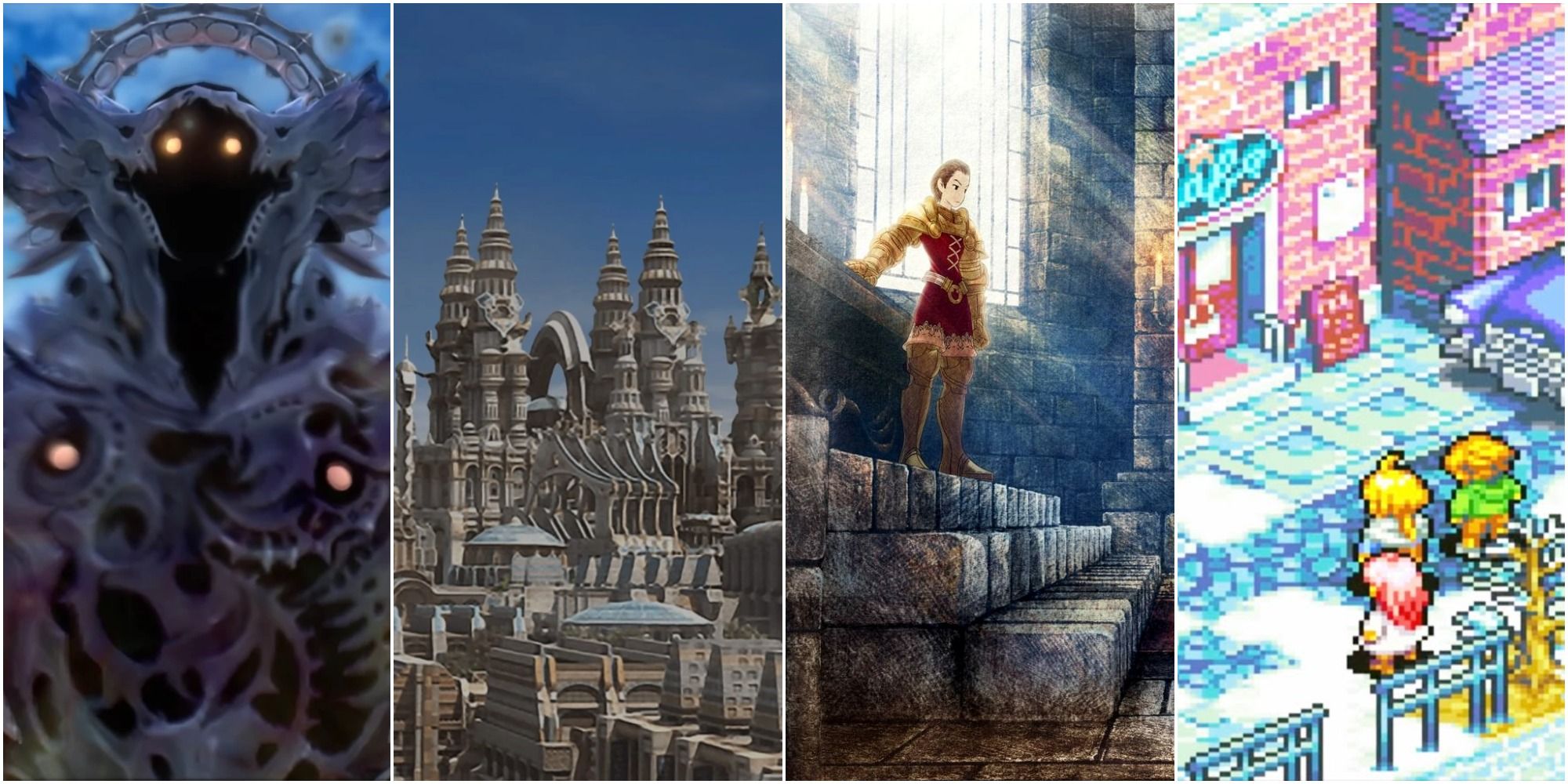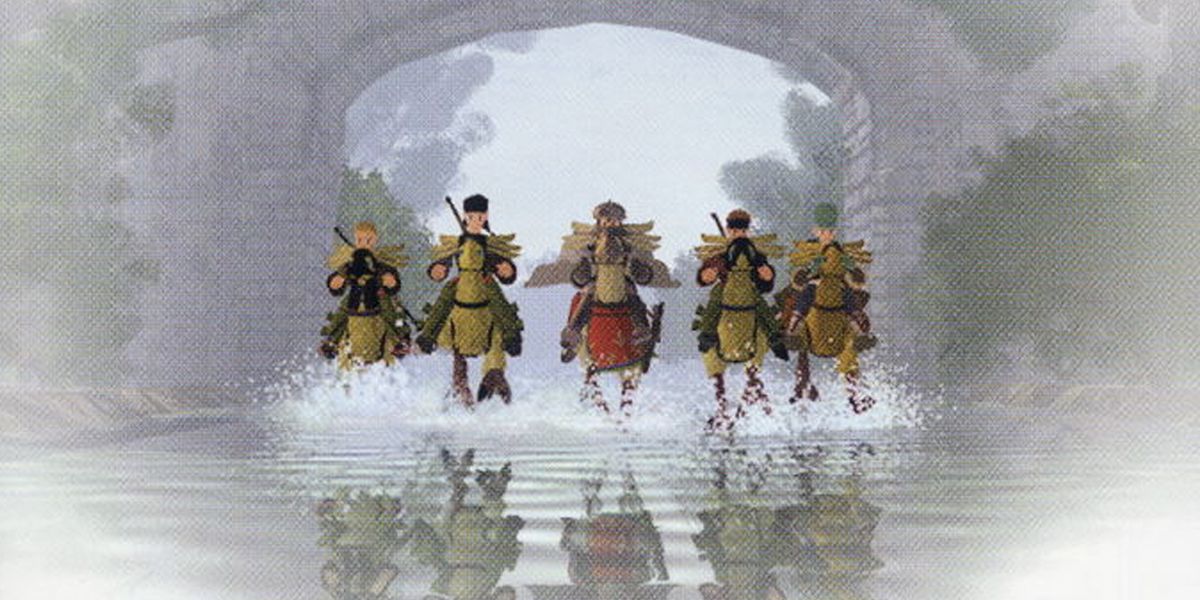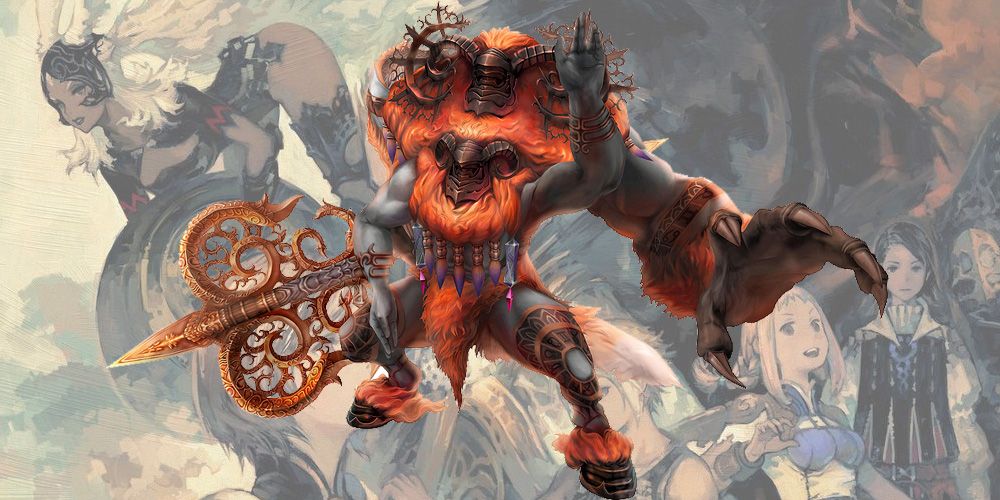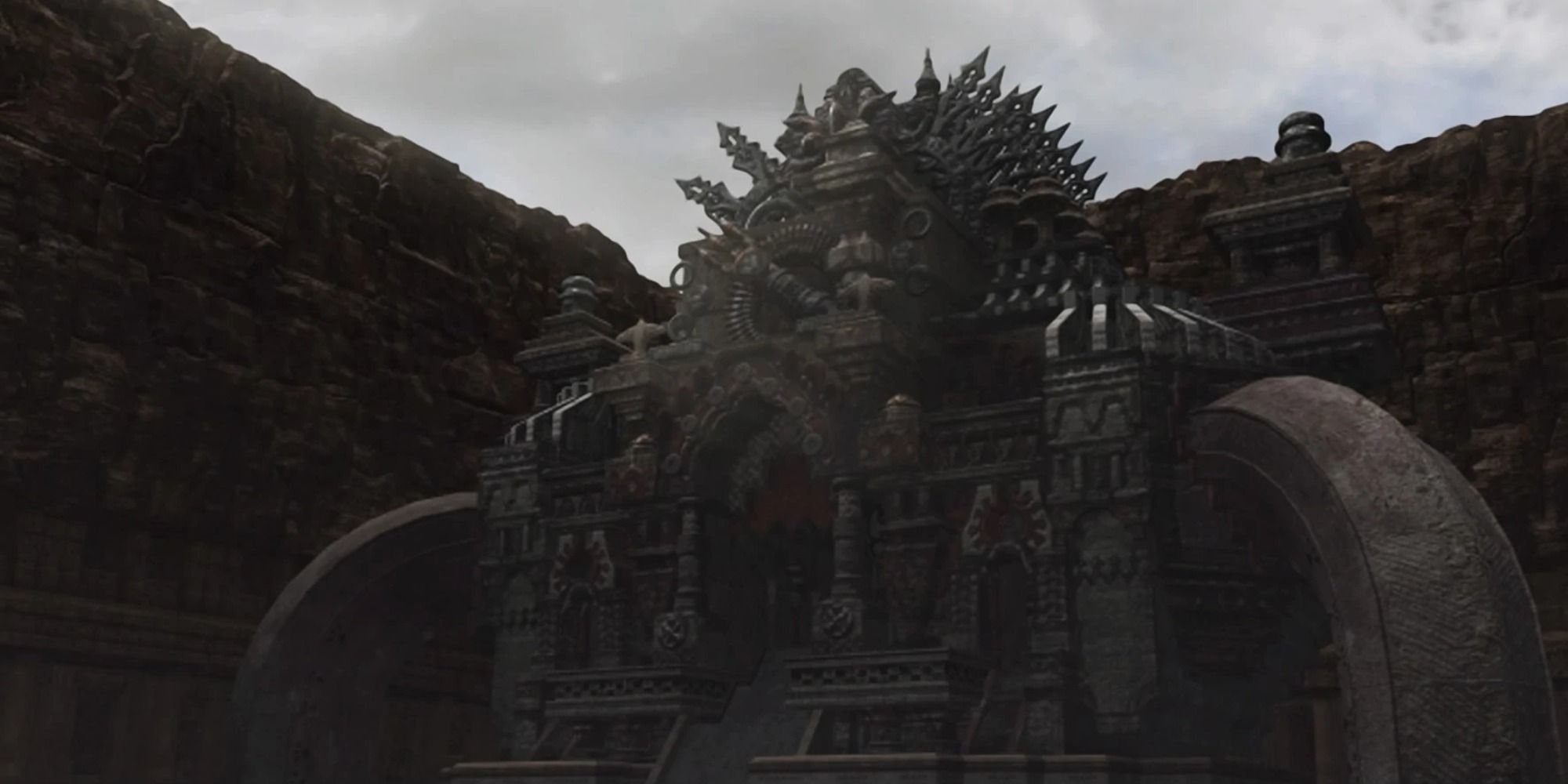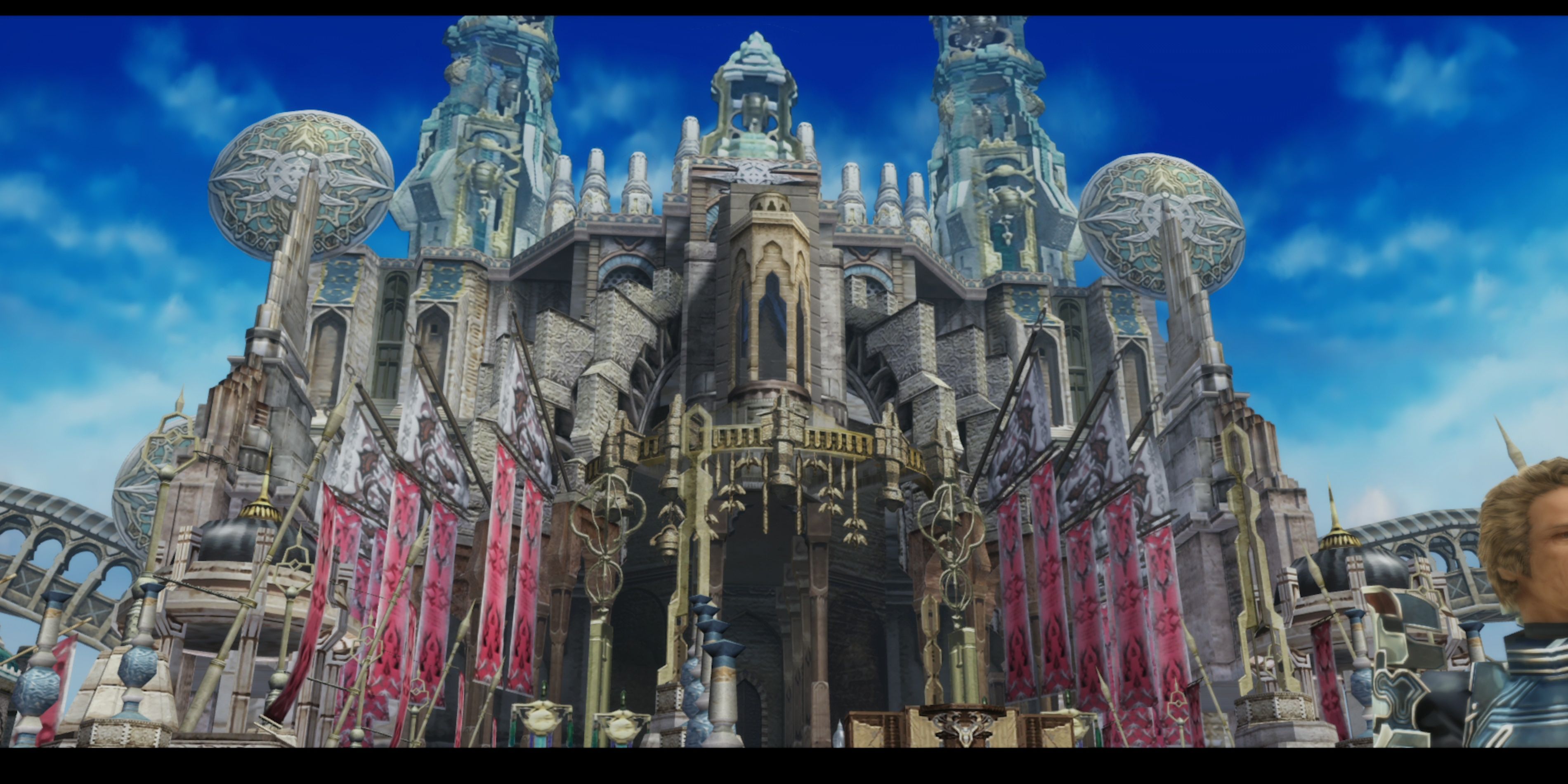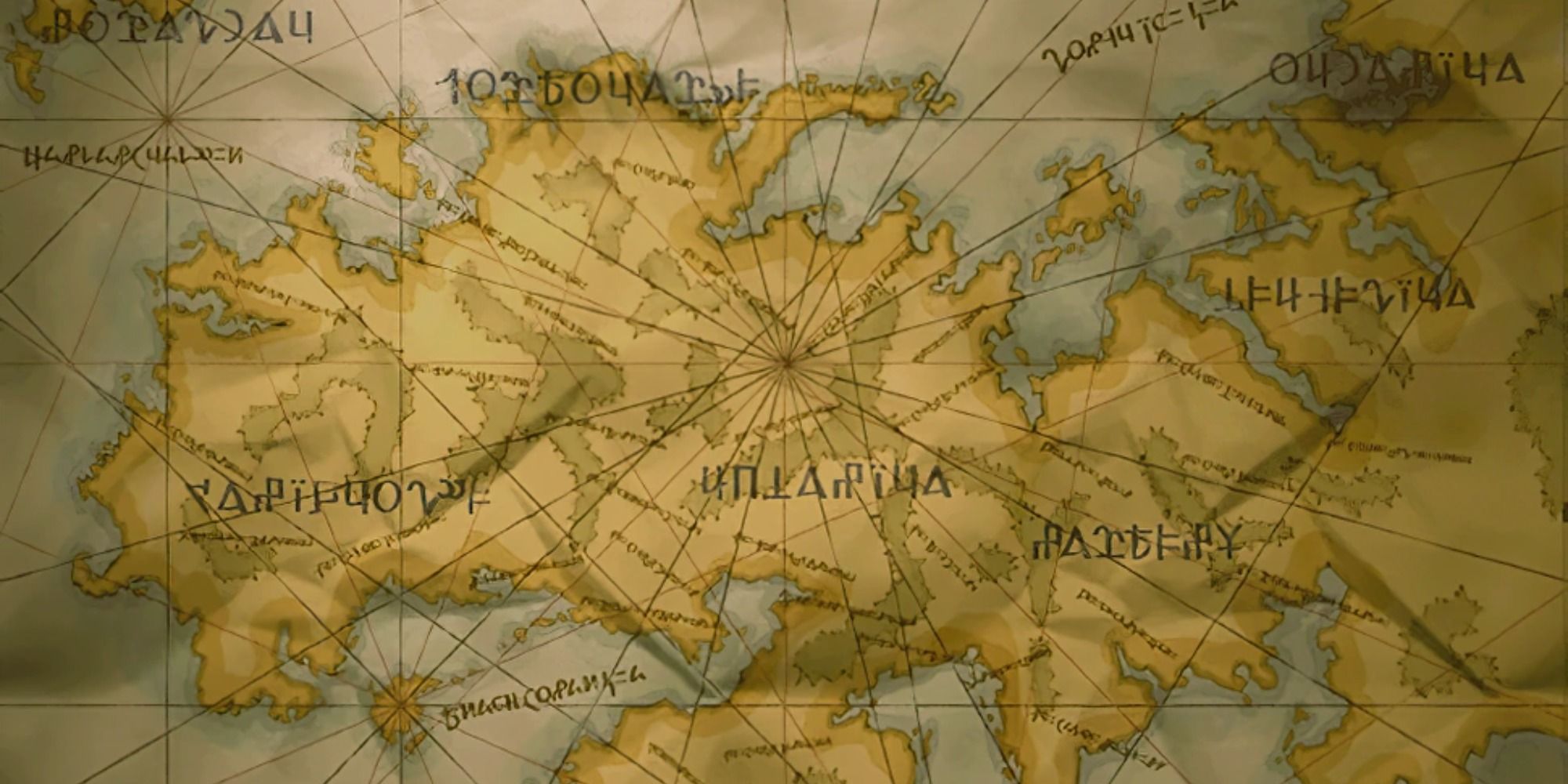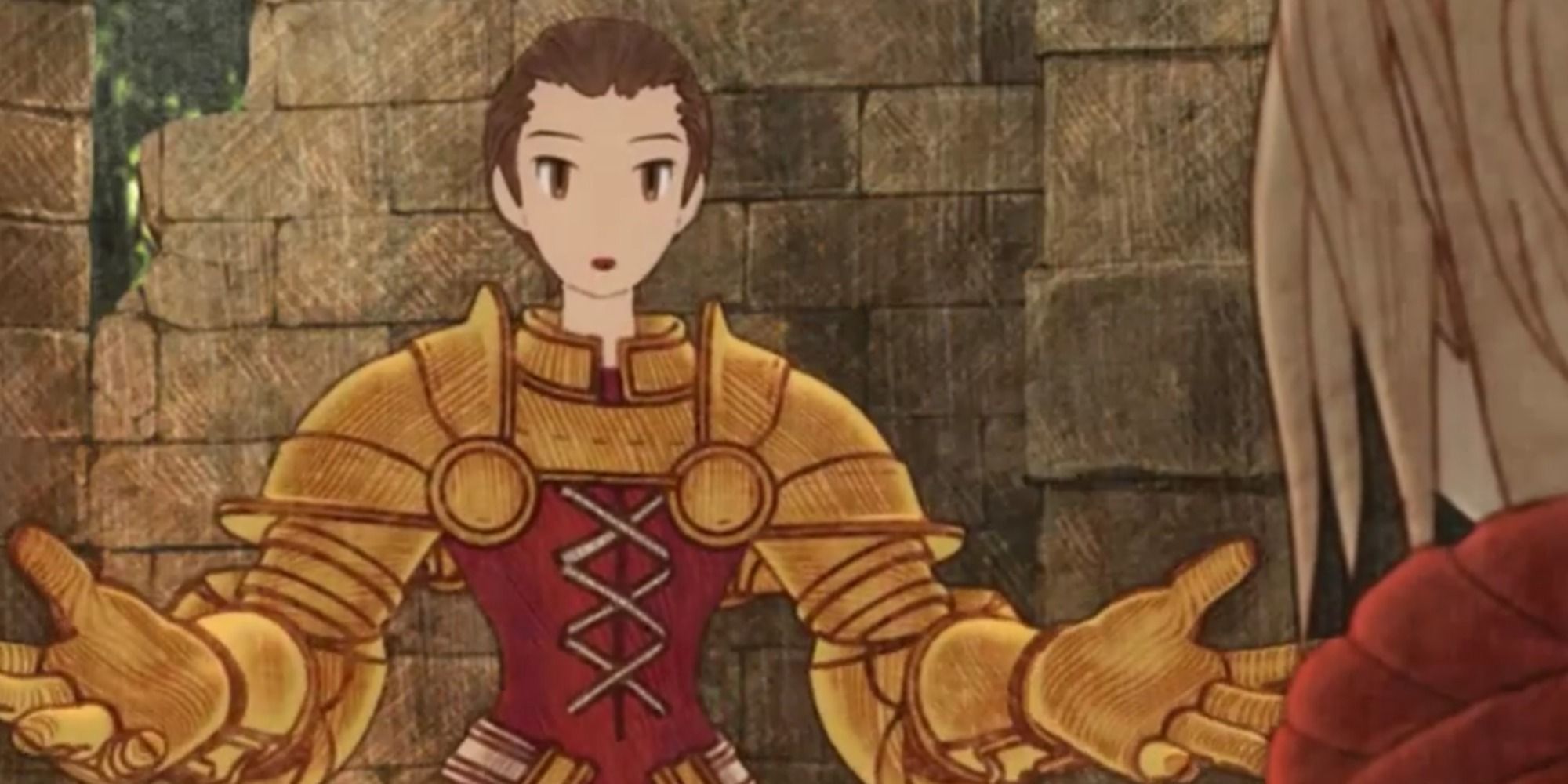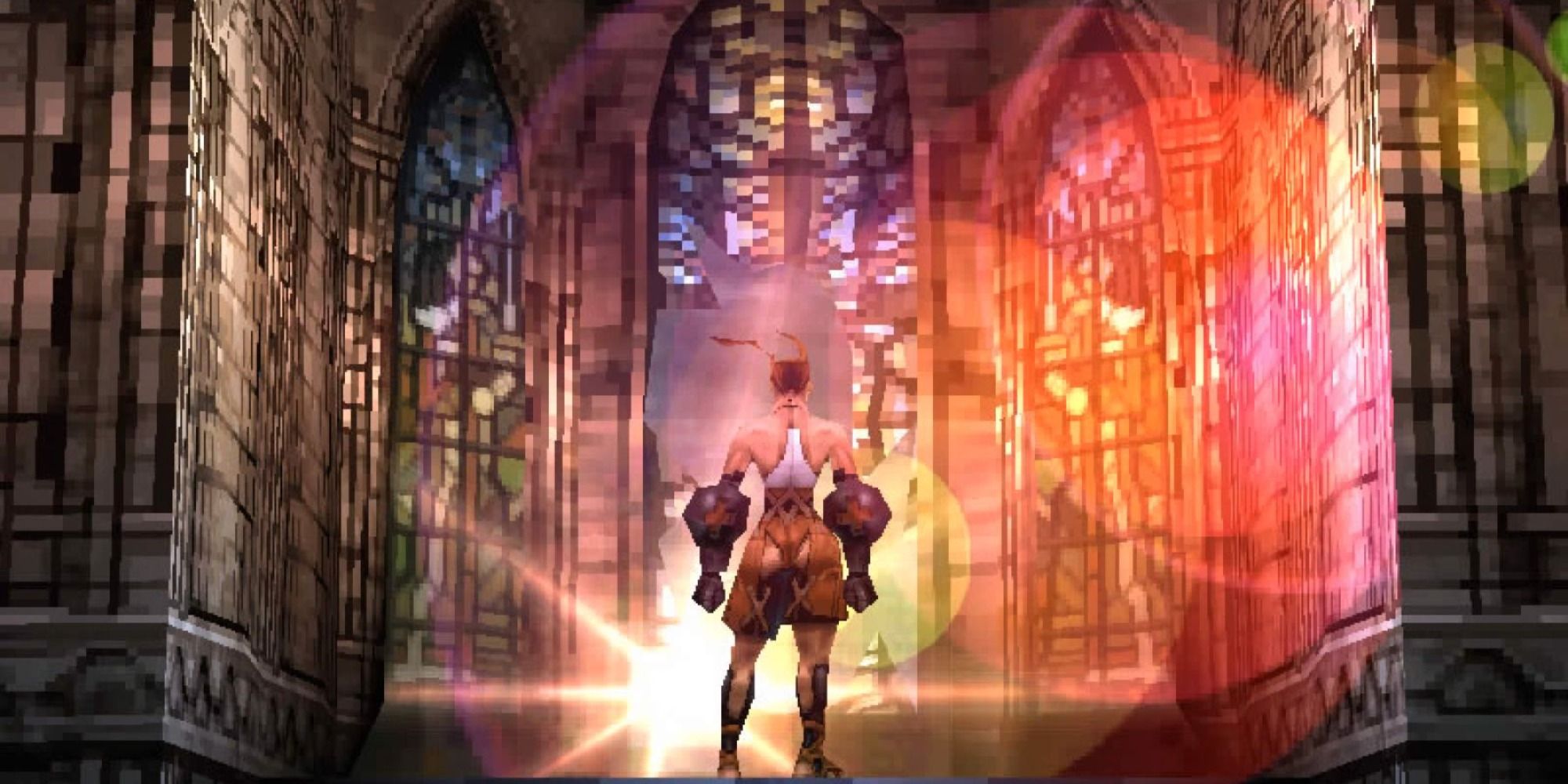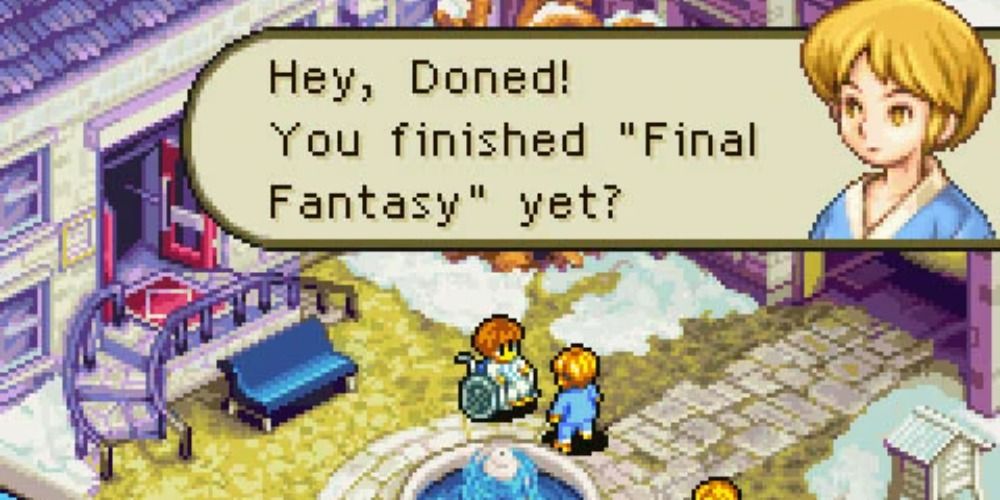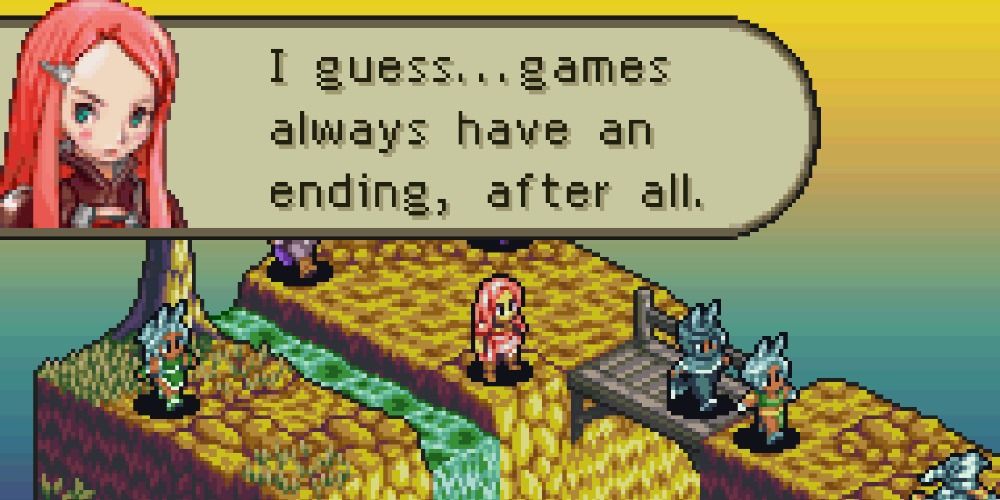Quick Links
The Ivalice Alliance games are a series of Final Fantasy games that all share a setting: Ivalice. For a lot of time, it was thought that the games simply shared Ivalice as a setting name and some recurring gameplay elements - such as races and terms.
As more games got released, however, it became more apparent that there was some consistency to the lore and that a timeline could be constructed, linking the games together. It should be stated that this article uses information from the games to create a theory, and while we think this is a compelling timeline, it may be considered non-canonical.
Updated November 8, 2022: Keeping track of the history of Ivalice throughout the ages is a tricky thing, especially as the world seems to go through so many different cycles of magic and technology. We've added some more important details to this article to keep you well-informed, and we've included Vagrant Story too!
Timeline Overview
In terms of the Ivalice Alliance of games, there are three distinct ages:
- The First Modernity (Final Fantasy 12, Final Fantasy 12: Revenant Wings, Final Fantasy Tactics A2: Grimoire of the Rift)
- Post-Cataclysm (Final Fantasy Tactics: War of the Lions, Vagrant Story)
- The Second Modernity (Final Fantasy Tactics Advance)
It should be noted that the protagonist of FFTA2 finds his roots in the Second Modernity, but his story takes place in the First Modernity after he travels through time.
The Final Fantasy 14 raid series "Return to Ivalice" shares a lot of lore with the Ivalice Alliance games, but would not fit into this timeline. It features Fran, a character from Final Fantasy 12, and tells the story of Final Fantasy Tactics - a game that occurs later in the timeline. The raid series can safely be considered an homage, not a new entry in the history of Ivalice.
The Occuria And The Espers
We start this story, as many do, with the gods. In Ivalice, they are meddlesome, bothersome, and known as the Occuria or the Undying. They act as distant manipulators, playing with the lives of those living in Ivalice as they please and possibly being responsible for their creation, along with the creation of all life. This life would include the Espers, immensely powerful beings associated with the zodiac.
Led by Ultima, the High Seraph, 12 Espers known as the scions of darkness rebelled against the Occuria in a war that lasted hundreds of years. Ultimately, the Espers fell to the Occuria's wrath and were bound to mystical glyphs that would serve as their prisons. In Final Fantasy 12, it is encountering these glyphs that lets you fight the Espers. Upon defeat, the Espers' glyphs appear to dissipate, and it's unknown whether this means the Espers are freed and serve the party out of loyalty, or whether the party is now in possession of these portable prisons.
It is in this age that civilization was born and the various races of the world began to flourish: humes, viera, nu mou, moogles, bangaa, seeq, aegyl, garif, and more. In most cases, the races lived together in harmony and even knew of the Occuria's involvement in running Ivalice - especially since the Occuria would build structures of their own, such as the Ridorana Cataract.
Antiquity
Eventually, the Occuria totally withdrew from their presence on Ivalice to a new home above the clouds. It's here that we start to see their underhanded influence that changes the course of history. It is the Occuria who bestowed Nethicite on the world, a deadly weapon with which King Raithwall was able to conquer Ivalice. He was also the first person known to subdue an Esper and had Belias's glyph under his ownership. Belias would then go on to protect his resting site until defeated during Final Fantasy 12.
Before the Occuria disappeared, an aegyl called Feolthanos led his people in a revolt against them, refusing to serve them. He became as a god to them, and they established a life of seclusion on the floating continent of Lumurés, using gigantic auraliths to float.
It may be a combination of the aegyl's revolt and the war of the Espers that led the Occuria to seclude themselves from the races of Ivalice.
What we know of this age of Ivalice is only learned through secondary sources in the games themselves. We only hear stories of King Raithwall and explore ruins dating back hundreds of years.
A First Modernity
The earliest period that we actually get to witness in Ivalice is an age of modernity, shown in Final Fantasy 12 and its sequel, Revenant Wings. As the games show, it is a time of political strife and war, with the empires of Archadia and Rozarria vying for control of the continent. It is also here that the floating continent of Lemurés was revealed again as part of Feolthanos's crusade against the people living on land.
It's assumed that, after the events of Revenant Wings, Ivalice entered an era of peace.
This is when Final Fantasy Tactics A2: Grimoire of the Rift occurs, as it features Vaan and Penelo (from Final Fantasy 12) as recruitable characters and also features all of the races of previous games. We know that this game occurs after Revenant Wings, as Vaan and Penelo are introduced as established sky pirates.
But what happened to place such a disparity between these games and the one that followed it: Final Fantasy Tactics?
The Cataclysm
Something putting Final Fantasy Tactics later in the timeline of Ivalice is the existence of the Cataclysm. The exact nature of this destructive force is currently unknown, but we know that it was severe enough to alter the world permanently. The most notable result of the Cataclysm is the disappearance of all non-hume races, with only moogles appearing as summoned creatures.
Some of what we know of the Cataclysm is recorded in the descriptions of Wonders found in Final Fantasy Tactics through exploration. For example, we know that the Cataclysm destroyed the city now known as Forbidden Land Eureka, turning it into a necrohol (a term used for ruined cities populated by the undead). In addition, there are references to a winged people who could lift buildings into the sky (the aegyl) and a floating continent wrested free from the earth by the Cataclysm. Both entries refer to cloudstone, but it's likely that this is actually a reference to auraliths, the magical stones that we see in Revenant Wings.
The Cataclysm explains why there is such a large disparity in the technology levels between the last game of the modern age - Final Fantasy Tactics A2 - and the next game - Final Fantasy Tactics. If it wiped out all technology and civilizations, humanity would have to start again.
Post-Cataclysm Civilization
It took many hundreds of years to rebuild civilization after the Cataclysm. Humes were the only race left and their technological knowledge was left decimated. Soon, new nations emerged and the Pharism Church was established.
Final Fantasy Tactics lacks any mention of the Occuria, implying that their stewardship of Ivalice is finally over - but the Espers are still very much a presence. They seem to be able to do whatever they wish in this game, possibly freed from their glyphs during the Cataclysm. Ultima, the old leader of the Espers, possessed a man known as Ajora and forced him to preach against Pharism. Ajora was hanged for the crime, and soon after, an earthquake tore through the nation responsible.
These events became a powerful story, around which the new Church of Glabados was formed - and remains in power at the time of Final Fantasy Tactics. The circumstances around the earthquake are unknown, but it's possible that it was caused by Hashmal, an Esper who is often linked with earth-related powers. This could have been part of their grand plan to take control of humanity as the Occuria once did, or as revenge for the death of Ultima's host, as Ultima was imprisoned within Ajora's body when he was hanged.
A few hundred years later, the events of Final Fantasy Tactics take place, with the remaining Espers, led by Hasmal, orchestrating the War of the Lions. Ostensibly a conflict over land and rulership, the war is actually the staging ground for the revival of Ultima and the slavery of humanity. Through the events of Tactics, however, Ramza Beoulve stops the Espers' plans.
A Vagrant Entry
While not a Final Fantasy game itself, Vagrant Story is also canonically set in Ivalice, specifically after Final Fantasy Tactics. There are a few facts that point to this, the biggest being the lack of non-hume races and Espers. In addition, magic is heavily tied to Grimoires in the game, which is a running theme in the Final Fantasy Advance duology.
Müllenkamp, a religion featured in Vagrant Story, is an ancient movement that splintered from the Kiltian religion that we see in Final Fantasy 12.
Perhaps the biggest connection between Vagrant Story and the rest of the Ivalice Alliance games is Valendia. This is the name of the nation in which Vagrant Story takes place, but also the name of the continent that Final Fantasy 12 takes place in.
A Second Modernity
We don't know much of what happened after Final Fantasy Tactics, apart from the fact that a descendent of the scholar Orran Durai, Arazlam Durai, was the one to expose what happened during Final Fantasy Tactics to the general public. This was around 400 years later.
The next we see of Ivalice is in Final Fantasy Tactics Advance, and it is here that we see a world not unlike our own. The only settlement we see is a town called St. Ivalice, and it has comparable technology and architecture to real-world towns. They have cars, neon signs, and even a video game called Final Fantasy. Magic has all but disappeared from the world, with only traces of it left - such as within the Gran Grimoire. This implies that magic was only present in the world thanks to the presence of the Occuria, whether personally or through their creations, the Espers.
While the town we witness is called St. Ivalice, it is possible that the continent or world at large is no longer called Ivalice, and St. Ivalice could be a remnant of civilizations past that the current civilization kept. This is similar to the difference between Valendia the continent and Valendia the nation, as detailed above.
The Final Fantasy Tactics Advance Question
Whether or not Final Fantasy Tactics Advance actually takes place in Ivalice is a loaded question that has been debated for many years. The majority of the game takes place in a dream-like world populated by the races once thought extinct - viera, nu mou, and bangaa etc. This version of Ivalice is accidentally created by Mewt Randell - a young boy who suffers much bullying and is a big fan of Final Fantasy - after finding a magic book called the Gran Grimoire.
This article assumes that Final Fantasy Tactics Advance takes place many, many years in the future after Final Fantasy Tactics. With this in mind, there is really only one theory to explain why the game's Ivalice so closely resembles that of past games - the same traces of magic that were responsible for the creation of the dream world are dated from, or contain, knowledge from an age comparable to what we see in the game. This theory is supported by the cutscene that takes place in Marche's bedroom, which features drawings of the extinct races.
Further supporting this theory is the prologue of Final Fantasy Tactics A2, which also takes place in this second modernity. The protagonist of this game, Luso Clemens, is also sent to another world through a grimoire, but this time it's the Grimoire of the Rift. Instead of creating an imaginary world, this book sends Luso back in time, to the age of the first modernity.
Something similar also happens to Balthier, who is sent forward in time somehow from Final Fantasy 12 into Final Fantasy Tactics. The same thing happens to Luso in that game too - the kid must love time travel!

